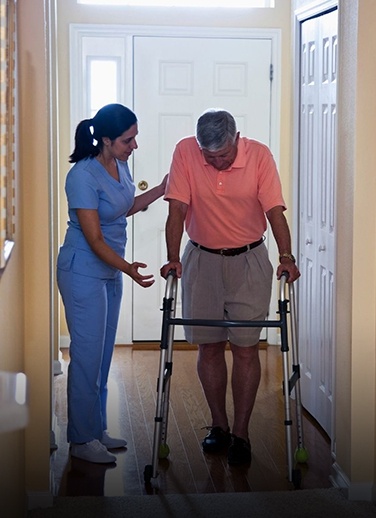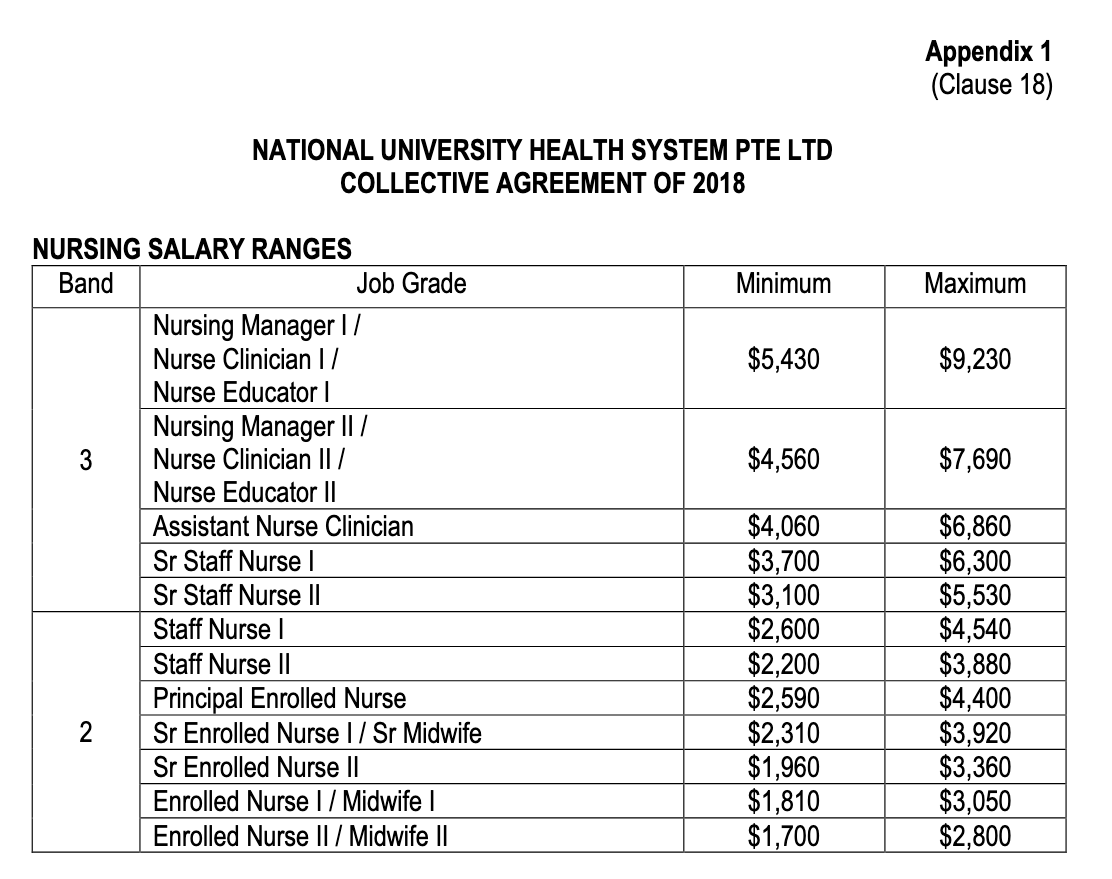
IADLs are all daily activities such as dressing, eating, and getting out of bed. They can also be used to control biological functions. An occupational therapist helps improve daily functional activities. These tasks are assessed by an occupational therapist to determine if they can be done successfully. They evaluate the activity's safety and effectiveness, and the difficulty of the patient's task.
Daily activities that are instrumental
It is vital to be able to perform Instrumental Activities of Daily Living (or IADLs) in order for you live independently. These activities do not require assistance and help individuals lead a rich and fulfilling life. IADLs are self-feeding and dressing, as well as toileting and toileting. You will also need to have basic communication skills, such a ability to use a telephone or a computer. Other IADLs include meal preparation, chores, managing money, and taking public transportation.
These activities are important for independent living. However, they also require higher order thinking. Experts disagree about the number IADLs needed, but most suggest seven to twelve. Each person will need to perform different tasks. Geriatric patients might need more assistance than others.

Recognize the performance context within which you are working
Performance improvement is possible by being aware of how you perform in a given task context. Cognitive decline can often be subtle. Older adults who are conscious of the changes in their performance may find it easier to improve their performance. Functional decline can be caused by older adults who lack self-awareness and may not be able recognize or adjust their performance. There is limited research that has looked at awareness of performance within the context of functional activities of daily living.
We used WCPA-10 to evaluate awareness of performance for a task in functional activity. As older adults performed different tasks, we observed them and assessed their ability to recognize errors verbally and non-verbally. These errors were compared to the total number of errors made. We also examined the performance ratings of participants on four different tasks.
Neuroanatomical correlates of IADLs are being studied.
A variety of neuroanatomical conditions can affect functional activities of daily living (FADL). These impairments could affect mobility, visual perception, or auditory processing. They may also be related to morphological changes within the brain. This review attempted to identify neuroanatomical elements that can affect the IADL.
The study sought to determine if perfusion patterns in particular brain regions were related to functional ability. Researchers found a positive correlation between total IADL scores, and perfusion ratios of the right lateral and superior parietal. These results support the hypothesis of perfusion changes being related to IADL abilities.

IADLs and dementia: Impact
For the family member caring for the patient, it is crucial to understand the effects of dementia on their ADLs. The brain functions necessary for ADLs like judgment, attention, and safety can be affected by dementia. The presence of a dementia caregiver professional at the patient's residence can assist them in making safe decisions and maintaining their independence.
The severity and stage of dementia can have a different impact on ADL performance. Some activities remained relatively intact during the early stages of dementia, while others declined as the disease progressed. The condition of bathing, dressing and continence deteriorated over time. These differences aren't universal across stages and countries. This means that it is necessary to make specific interventions to improve ADLs and increase independence.